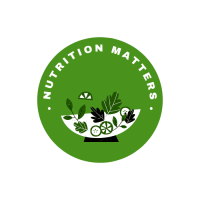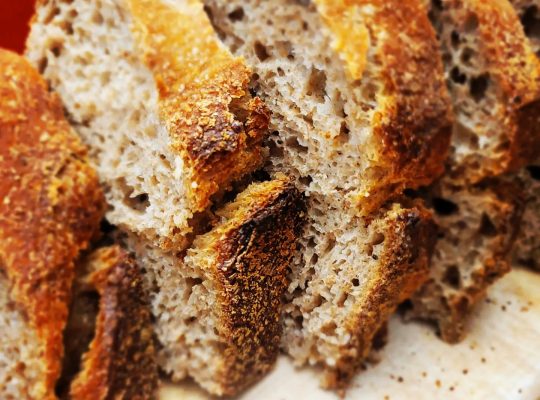Have you ever thought it a bit cruel that at the stage in life when we need to move regularly and enough (this includes strength too), we’re often overwhelmed with life in general and find ourselves much eager to take it easy than put our sneakers on and go for it. So yes, it’s not just you… However, here’s the first thing I will say, and it’s one I keep saying: this is the time to kick it up a notch, for many health reasons but also, equally important, for self-confidence reasons too.
One or the other?… Why not both
We need to do both strength or resistance exercises, and cardio or aerobic. There are opinions out there about whether aerobic exercise may not be beneficial compared to strength exercise. I think it’s worth considering that aerobic exercise and help reduce the risks associated with aging in general and menopause (estrogen fluctuations and its eventual decline). We need strong hearts and healthy cardiovascular systems as we age, and the same for metabolic health.
Let’s also consider this: we need to move in order to improve blood flow to the brain, which can improve cognition, memory and it can also lower stress. That’s all the things we need as we go through the menopause transition. Oh, and don’t forget about sleep. Good quality sleep connects everything together: metabolic health, brain health and overall well-being, plus it improves our chances of showing up to exercise.
So many benefits!
If you’re thinking that building muscle mass is not your top priority (because, well… life!) here’s something to consider. Starting on a resistance exercise routine is akin to treating yourself to an ‘all-inclusive’ treatment. As we age, we lose muscle mass and add extra fat (most people do anyway). We also know that women are handed a double whammy with the declining levels of estrogen (and other hormones too).
According to a recent review, strength exercises during menopausal years (two sessions per week ideally) can help with increasing bone density (protective against osteoporosis, hence fractures, especially hip). They can also help with hormonal and metabolic changes (such as an increased risk of insulin resistance, for example). Women who do regular strength exercises have increased lean mass compared to women who do not. Cholesterol levels are also better in those who exercise (usually complemented with a certain nutrition pattern, ideally a Mediterranean-style).
Another argument: women who do strength exercises were found to have a lower heart rate and lower blood pressure, albeit the latter was conditional (mostly correlated with maintaining a strength routine). Other improvements in the groups that exercised: fewer vasomotor symptoms (hot flushes and night sweats), and a better body fat percentage and healthier BMI.
But let’s acknowledge this
Do you find it difficult to start a routine and keep it up? You’re not alone. The best way to think of it if you haven’t been exercising regularly for a while, or ever, is to get started on the smallest increment.
Take small steps: decide on one or two times a week when you set aside 10 minutes for this kind of routine. Perhaps a few pushups, a couple of squats, a plank of a few seconds, a few arm presses where you lift dumbbells above your head, no matter if you start with the lightest load. You will increase from there. The 10-minute will become 20 and then 30, and through the light weights you will progress to heavier ones. Same with pushups and other exercises. What matters most is that you start somewhere and grow from there.







